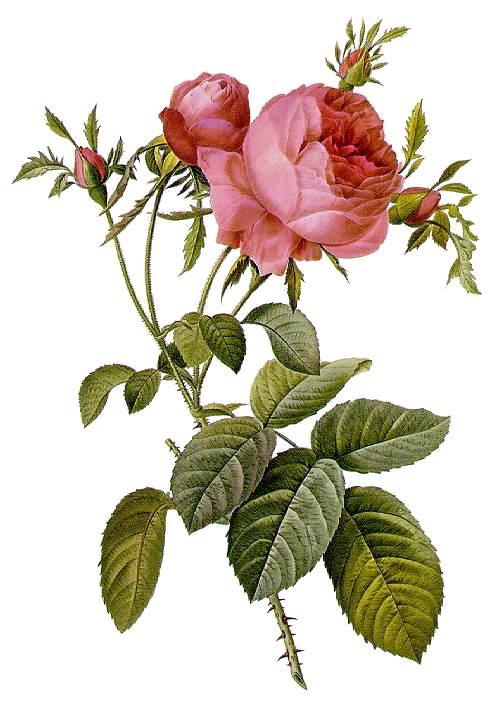
Today we deal with the aromatic taste, that, as we will see, is related someway to the pungent taste, so much that it can almost be considered a secondary taste.
Aromatic is not a true flavor, but rather a sensation linked to olfaction, due to the presence, in plants, of odorous molecules, some of which volatile (volatile oils or essential oils), some of which “fixed”[1] (e.g., coumarin, vanillin).
According to some authors, the “true” aromatic taste is due exclusively to the presence of essential oils, but here we don’t make any difference between aromatic herbs that contain essential oils and aromatic herbs that do not.
The aromatic taste can be viewed as a cooler version of the pungent aromatic taste; so aromatic drugs have more or less the same functional properties of the pungent aromatic ones, only in a lesser degree: the lesser is aromaticity, the less the drug is diffusive, stimulating, relaxing, dispersing, drying, warming and/or cooling, and so on.
The aromatic plants, too, like the pungent ones, can de distinguished into hot and cold (or cool): the aromatic taste on its own is hot, but the plant nature can also participate of a certain degree of coldness.
We remember that, as a general rule, in TCM, most herbs used to induce sweating and to move and regulate Qi are pungent and/or aromatic.
A typical example of aromatic, but not pungent, drug is represented by rose petals[2] (any species and/or variety). According to TCM, for instance, the Rosa rugosa (rugose or Japanese Rose) flower (Flos Rosae Rugosae) is classified as sweet and slightly bitter, with a warm nature, and is used specifically to move and regulate the Qi, namely the Liver Qi, and is hot enough to resolve Blood stagnations; indeed, it is used in case of Liver-Stomach disharmony, distension and pain in the chest and abdomen, menstrual irregularities, and traumatic events (knocks and falls) [Li Wei].
Sources
[Li Wei] Xu Ling, Wang Wei, “Chinese Materia Medica – Combinations and Applications”, Donica Publishing (2002)
Notes
[1] Archaic term used to mean non-volatile substances.
[2] The “fruits” (rosehips) are not considered aromatic.



